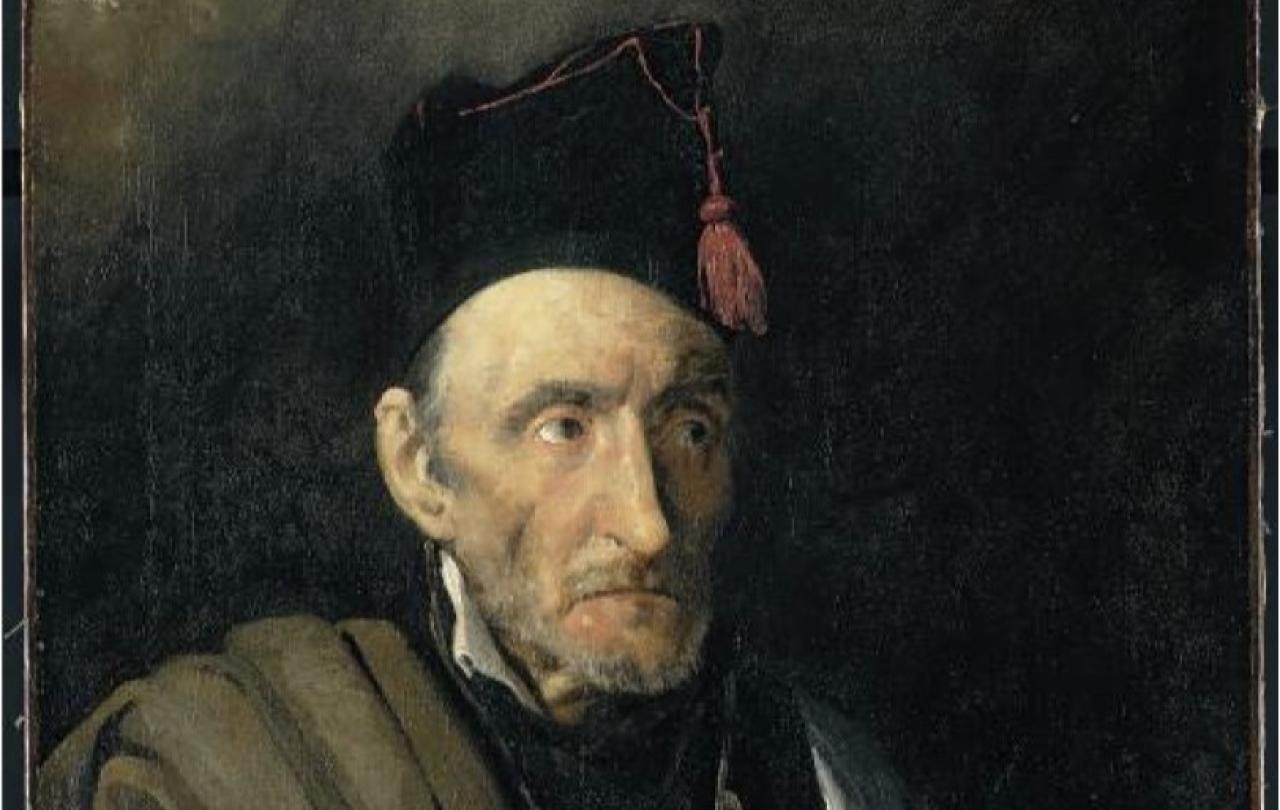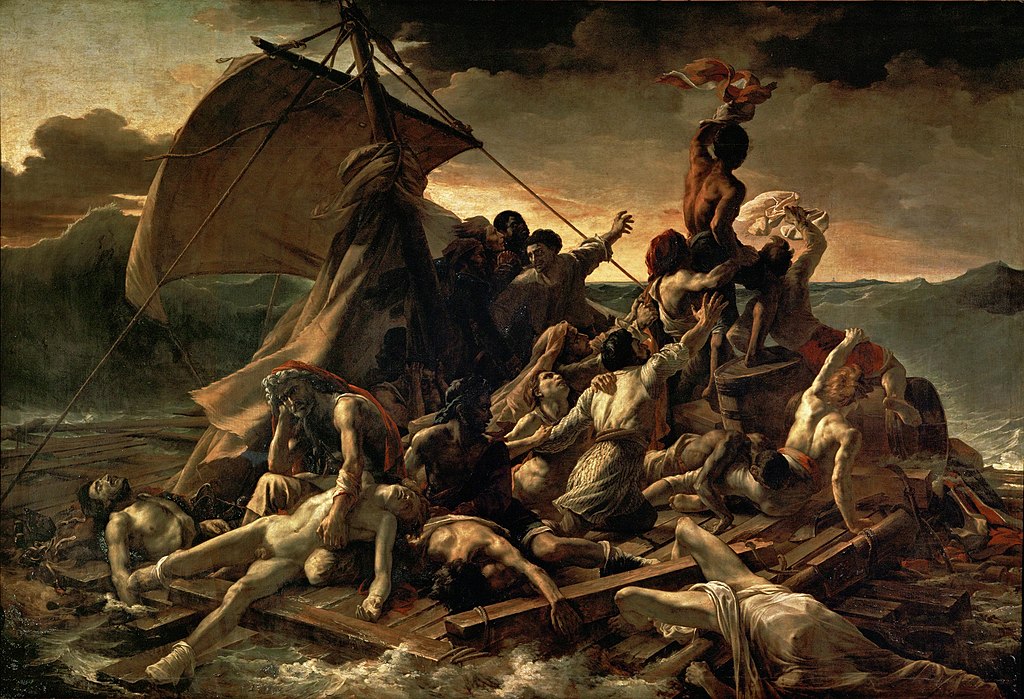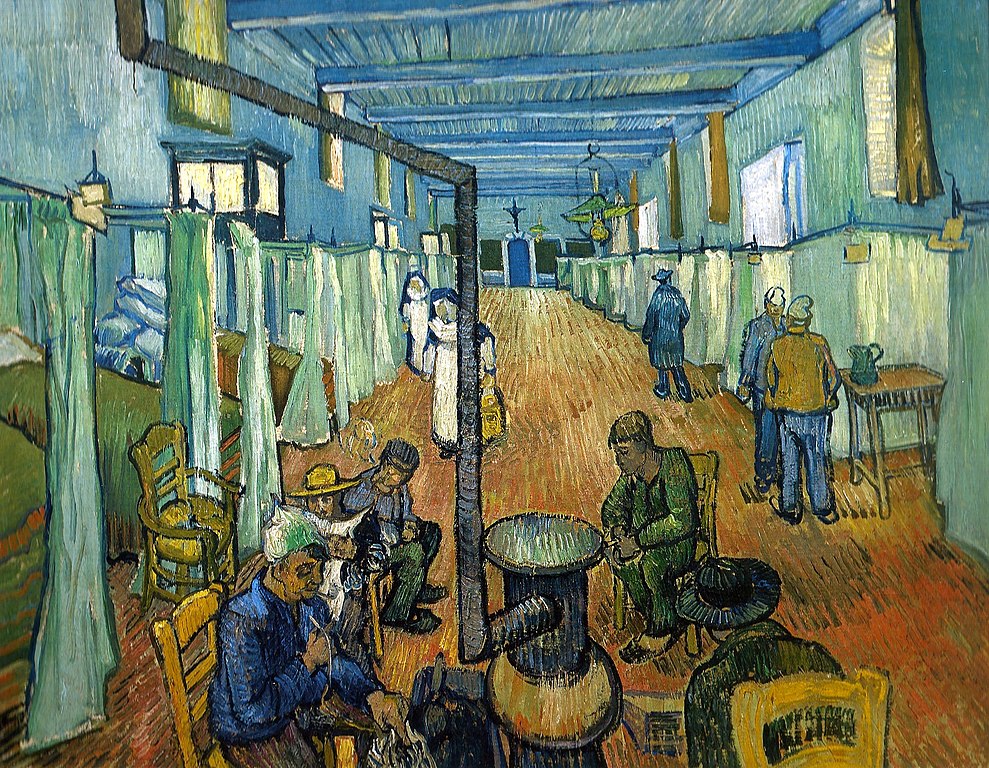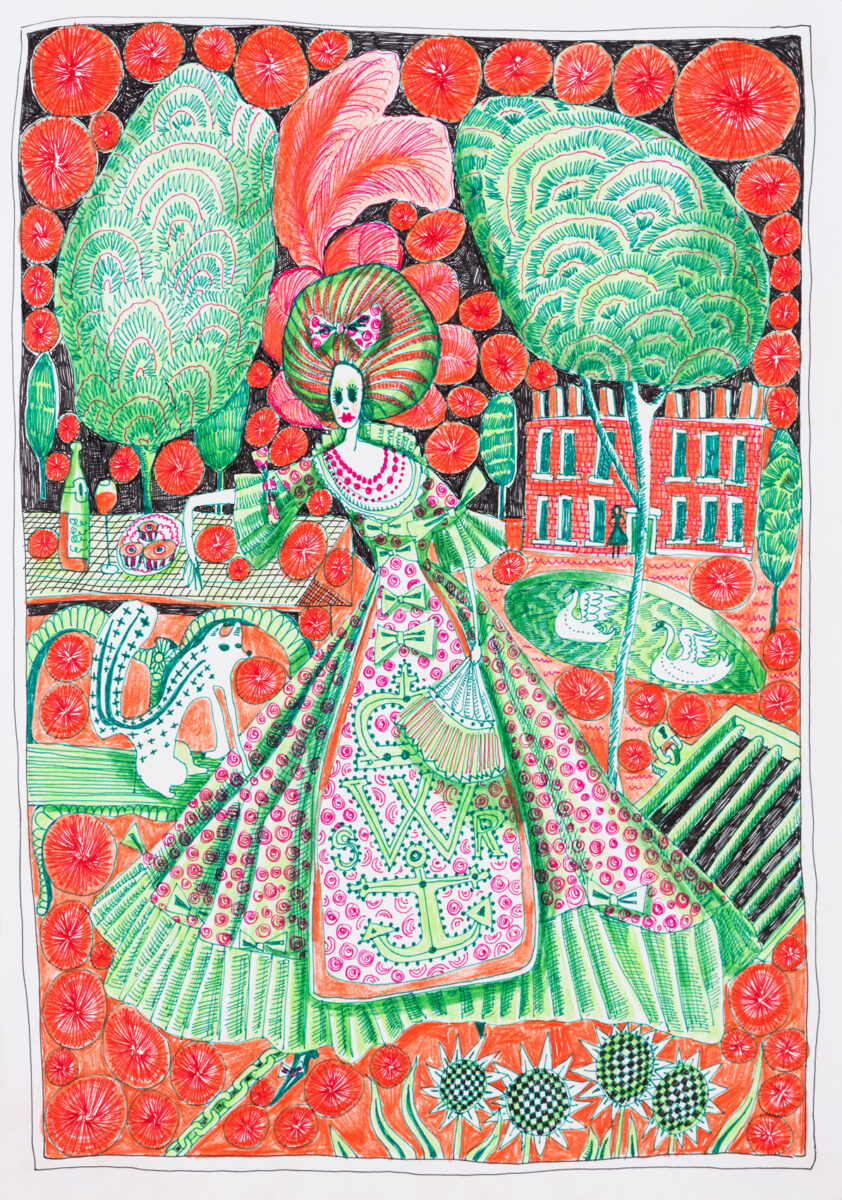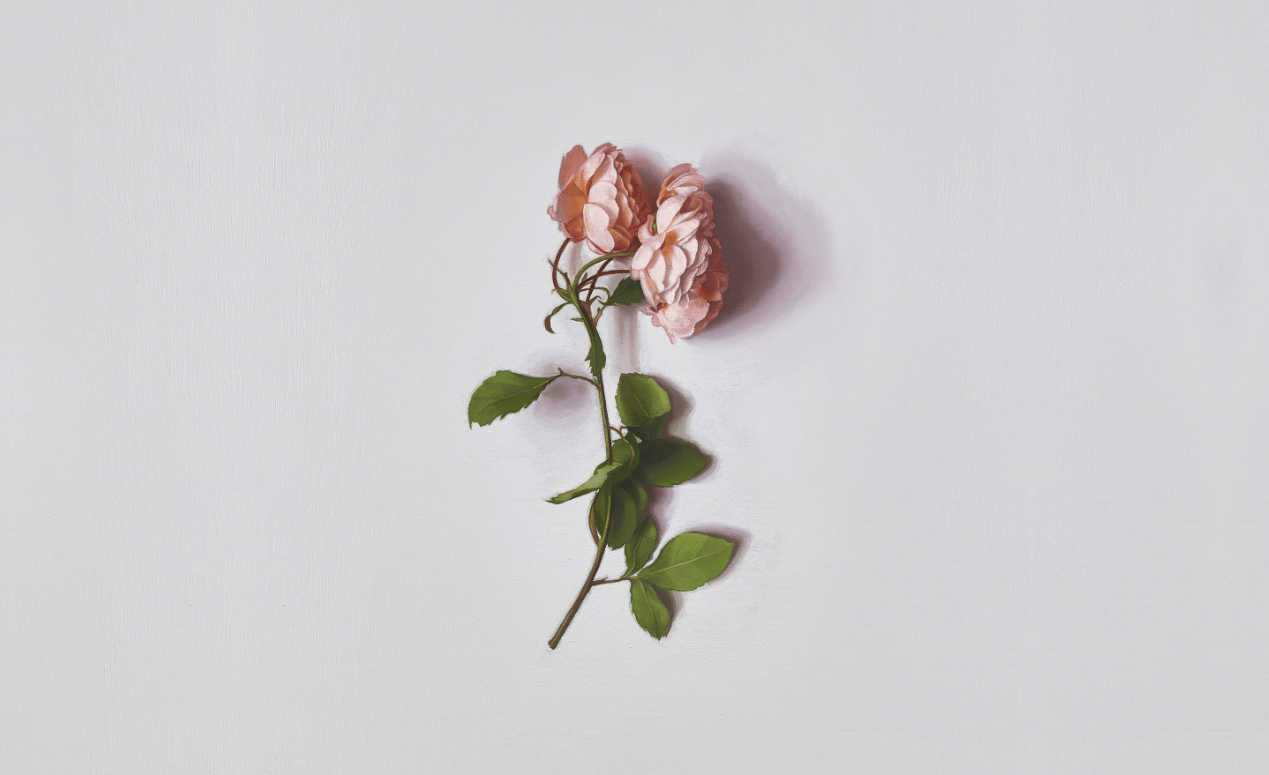I suspect if you asked British millennial women to name their queen, more would say Beyoncé than Camilla Parker Bowles. Such is the allure and popularity of the woman who commands legions of fans, ‘the BeyHive’, and has been dubbed ‘Queen B’. Now this pop monarch is on the move and she’s brought her royal tour to London.
Last night the Cowboy Carter tour lit up Tottenham Hotspur Stadium in an ostentatious display of stars, stripes and glitter. I joined the throngs of fans who packed out the arena to hear the hits from Beyoncé’s first country album, protected from the rain by only their sequin-lined cowboy hats.
A massive screen provided video entertainment during costume changes. It depicted her two settings; siren and saviour. In some of the imagery Beyoncé was veiled or illuminated by bright white lights, in modern iconography that would previously have been reserved for the Blessed Virgin Mary. During her song Daughter, with lyrics: ‘Cleanse me, Holy Trinity’, she was backdropped by stained-glass church windows.
Beyoncé is hardly the first to draw from the style of religion in her work (see: Madonna). But, when I came back from the bathroom, the performer was midway through her song Tyrant, riding a gold mechanical bull while surrounded by eight double-headed golden calves. That’s when I realised, we’re not even pretending this isn’t idolatry anymore.
As a recovering addict (arguably the most extreme expression of idolatry), I am interested in the processes behind idol worship. I have spent weeks studying Aaron’s ill-fated decision to melt down gold jewellery into a calf at the request of the Israelites who thought Moses, and God, were taking too long up Mount Sinai, followed by the disastrous repetition of history under King Jeroboam I.
We take these cautionary tales and usually apply them to the metaphorical calves in our own lives, but still the golden calf endures as the ultimate symbol of idol worship. Would Beyoncé have known this? Almost certainly, given the other Christian imagery sprinkled throughout the show.
The Queen
For those only vaguely aware of Beyoncé, I’ll explain how the global obsession came about. She was raised by parents who were committed to her success. Her mum made all her costumes while her dad formed and managed the girl band Destiny’s Child, of which Beyoncé was the lead singer. She famously grew up honing her singing talent while on a treadmill to ensure that she would maintain her voice during energetic dances on stage.
Destiny’s Child enjoyed a huge amount of success, even if their message of female empowerment was confused. They started with the expectation that a partner would pay their ‘bills, bills, bills’, then sung of their desire to ‘cater’ to their men, before a violent U-turn declaring themselves to be ‘independent women’. The mixed messaging didn’t put off their fans, but it was when Beyoncé teamed up with her now husband, Jay-Z, that she experienced a meteoric rise to fame and became the breakout solo artist from the band.
She has experienced some scandal over her career, most notably in 2014 when CCTV footage was leaked of her sister Solange attacking her husband Jay-Z in a lift. It was rumoured that this was in response to his infidelity but no formal statement was made. Beyoncé, like our former Queen, lives by the mantra ‘never complain, never explain’.
Over the years, as the record sales have grown, so has her cult-like status. ‘You have the same number of hours in the day as Beyoncé’ is used as a motivational tool (although I can’t say it’s ever worked on me). Some have even hi-jacked and modified the French national motto to: Liberté, Égalité, Beyoncé. Her allure is increasingly less about her music and more about what she embodies; the ability to seemingly have everything – motherhood, a stratospheric career and the dream face and body.
The problem
To be clear; I don’t think admiring Beyoncé or enjoying her music is a bad thing. I am the one who paid more than £200 to go and do just that. But, with a few notable exceptions, almost everything we idolise fundamentally has the capacity to be a force for good in our lives, if it’s kept in its right place. It’s the classic Christian cliché; don’t let a good thing become a God thing. Take food, exercise and your phone, these can all do immeasurable good in enhancing your quality of life, but when they become an idol, they can also do immeasurable harm.
It is often said that we become what we worship. Well in the context of idolising Beyoncé many people would say that’s a fate they would happily welcome. But the reality is darker than that.
What are we really saying when we idolise Beyoncé and bow down to her golden calves? I would suggest on the surface it’s a desire to be perceived as more talented, confident and beautiful. It’s the panic that we should be perfect, especially given that Beyoncé achieves that perfection in the same twenty-four daily hours that we have. It’s a deep longing to be desired as she is, to be popular as she is, to be regularly affirmed as she is.
Let’s go deeper. Does God say that we need to have visible talent in order to be valuable? No. He says we are all a part of a body with our own unique skills that contribute to the entire organism. Some of those skills will be discrete and often overlooked by people, but that makes them no less valuable to God. Does God say we should be beautiful? No. Jesus wasn’t exceptionally physically attractive, as far as we know. If anything the Bible warns against putting stock in such a fleeting resource. Are we called to be confident in ourselves? No. But we are told that flourishing comes from a confidence in God.
My fear is that if we chase visible talent, we will always feel that we are lacking and unrecognised. If we chase beauty, we will always feel ugly and if we chase Beyoncé-level confidence, we will always feel small. The idol that should theoretically inspire us to greater things, ends up leaving us feeling boxed in by unhelpful and unachievable goals. It leaves us caged by the comparison and always a step behind.
Adding to the heartbreak, the thing that we’re emulating and idolising, is never as satiating as we believe it to be. Had I stormed the stage, I would have found those calves to be moulded from plastic and sprayed gold. Just as I would find the performer to be a bit tired and flawed like the rest of us. The reality is, even Beyoncé won’t live up to the idol of Beyoncé. While in contrast, the correct focus for our worship, Jesus, will only ever get better with closer inspection.
Support Seen & Unseen
Since Spring 2023, our readers have enjoyed over 1,000 articles. All for free.
This is made possible through the generosity of our amazing community of supporters.
If you enjoy Seen & Unseen, would you consider making a gift towards our work?
Do so by joining Behind The Seen. Alongside other benefits, you’ll receive an extra fortnightly email from me sharing my reading and reflections on the ideas that are shaping our times.
Graham Tomlin
Editor-in-Chief





